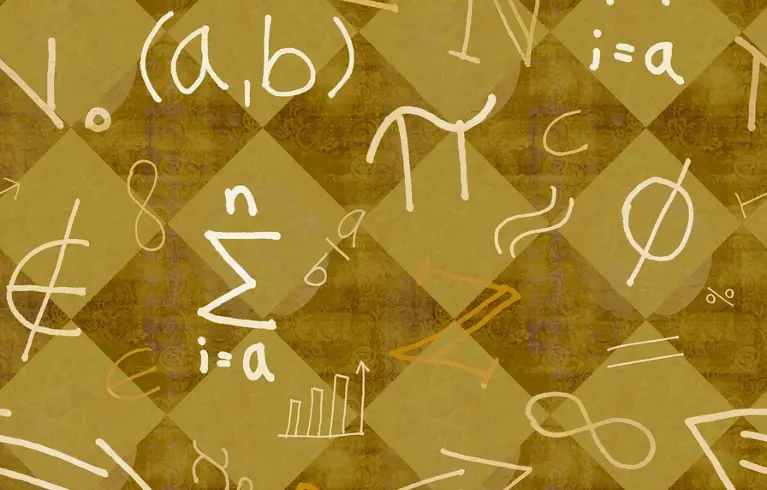Long division is a fundamental mathematical procedure that is employed for the purpose of dividing large numbers or polynomials. This technique is essential for students who are learning it for the first time, as well as for those who require a refresher. A comprehensive guide is available that provides a step-by-step walkthrough of the long division process, along with tips for achieving success.
The process of long division can be utilized as a means of simplifying fractions.
Understanding the Basics of Long Division
Let’s break down the long division process into clear, manageable steps:
- Step 1: Setup. Write the dividend inside the long division symbol “dividend” and the divisor outside the symbol “divisor”. You’ll also write the quotient above the symbol.
- Step 2: Division. Start with the leftmost digit of the dividend. Determine how many times the divisor can be evenly divided into this digit without exceeding it. This becomes the first digit of the quotient. Multiply the divisor by this digit and write the result below the dividend. Subtract this result from the digit above it in the dividend, and bring down the next digit from the dividend to continue the process. Repeat these steps for each digit in the dividend, working from left to right, until you have calculated the entire quotient.
- Step 3: Remainder “if necessary”. If there is a remainder “the result of the subtraction in the last step is not zero”, you can express it as a fraction over the divisor. This is often written as “R” followed by the remainder over the divisor.
Example
Let’s illustrate long division with an example: Divide $374$ by $6$.
- Setup: 6|374.
- Division:
- Start with the leftmost digit of the dividend $3$.
- How many times can $6$ go into $3$ without exceeding it? $0$ times. Write $0$ above the line.
- Multiply $0$ by $6$ and write $0$ below $3$.
- Subtract $0$ from $3$, which leaves you with $3$.
- Bring down the next digit from the dividend “$7$”.
- Determine how many times 6 can go into $37$ without exceeding it? $6$ times. Write $6$ above the line.
- Multiply $6$ by $6$ and write $36$ below $37$.
- Subtract $36$ from $37$, which leaves you with $1$.
- Bring down the last digit from the dividend “$4$”.
- Determine how many times 6 can go into $14$ without exceeding it? $2$ times. Write $2$ above the line.
- Multiply $2$ by $6$ and write $12$ below $14$.
- Subtract $12$ from $14$, leaving you with a remainder of $2$.
Conclusion
Long division is a potent mathematical method that enables the efficient division of large numbers or polynomials. Although it may appear intricate initially, proficiency in performing long division can be achieved through consistent practice and a comprehensive comprehension of the steps involved. In fact, this skill is of immense significance in diverse fields, ranging from mathematics to engineering and finance, and serves as the basis for more advanced mathematical concepts. Therefore, it is advisable to embrace the process, engage in regular practice, and discover the immense value that long division adds to one’s mathematical toolkit.
